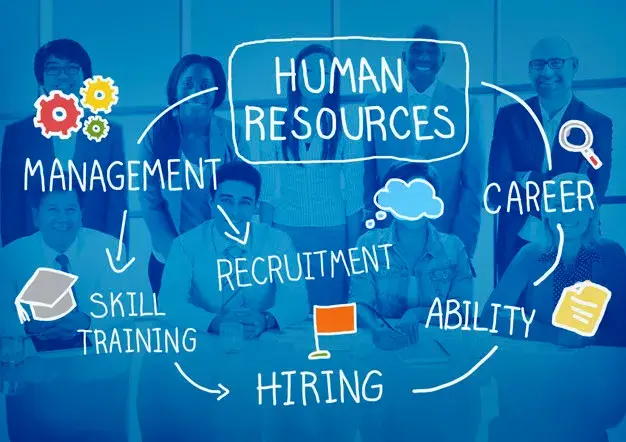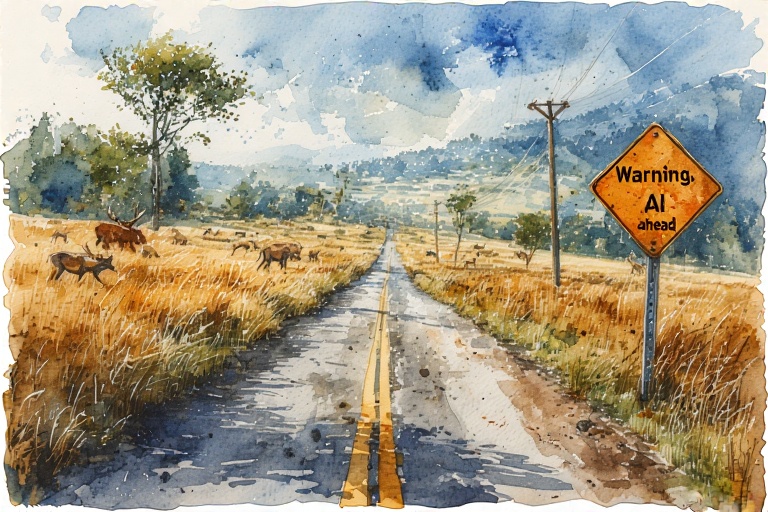Devina heads the HR department of a large investment bank in India. She had heard about Agile but thought that it was more of a skillset required in the IT department. Her company is in the process of undergoing Enterprise Agile Transformation and was moving in the direction of Agility. As one of the function heads, she was asked to attend the Agile awareness program. She was really fascinated with several ideas of Agile like Self-Organization, Cross-functionality, Facilitative Leadership and the idea of flow and limiting the WIP. She now truly believed that Agile is not just for the IT teams. She could immediately relate a lot of these ideas to the problems that she is having with her teams. She had often heard a lot of complaints from the BU teams who were her internal customers. She truly believed that Agile could solve a lot of her problems.
She started having some serious conversations with her team. She started envisioning how Agile could help her function. As a first step, she advocated to her teams that “People” should not be referred as “Resources”. She quoted her Agile trainer who said that -“Resources are often consumed to produce the outcome” and they would belittle people by calling them resources. People are about potential, motivation, energy, emotions and intelligence. She felt the “Human Resources” is also not an apt term. She rechristened her team as “Human Potential” team. She developed a vision along with her team for Agile HR.
Now, her team does not just focus on their “Doing” but also support their “Being”. What does that really mean? Supporting the “Being” is about providing the safe and stimulating environment for the talented individual to thrive. As Daniel Pink says, it is about creating an environment, where the employee feels that she has Autonomy over how she works or solves problems, learn something that can help her achieve Mastery, motivate her everyday because she is driven by a strong Purpose. A HP Professional should be able to see people as someone who come with immense amount of strengths, not just what is mentioned on the CV. They should be able to help people discover the strengths that perhaps even the individual may not know.
While she worked on developing a strong vision for her team on Agile HR. She also wanted to plan on something specific so that it just does not remain as a vision. All her customers were internal teams. She had a HR Representative for each Business Unit. He/She worked with the BU Head and her (n-1)s closely on various HR topics. She wanted to adopt a lot of ideas that Agile had to offer.
Now, the challenge for all of you is what are the 5 ideas that she can adopt that would help her relate better to the BUs and serve them better?
Solution suggested: Some of the ideas that she adopted are as follows:
Solution suggested: Some of the ideas that she adopted are as follows:
- The HR team had started several initiatives in the last 3 years. However, none of the initiatives saw light of the day. They wanted to make sure that these initiatives well and truly deliver the purpose for which it was designed for. Or if they are not working, ensure that they are logically closed and hence can fail-fast. The HR teams adopted a Portfolio Kanban where all the initiatives were broken down into epics. Each of these epics were designed as MVPs with a clear Definition of Done.
- There were several complaints about the HR not being able to close the hiring quickly. Most of the times it took close to 2 months to close on the candidates. And then the candidates would then take 2 to 3 months to join because of the notice period. This was causing lot of issues to the BUs. They did the Value Stream Mapping and understood where the delays were happening. IN collaboration with the BU Managers, they were able to eliminate a lot of wastes and was able to bring down the hiring lead-time from 3 months to 3 weeks.
- In order to better relate and work closely with the BUs, they scheduled a weekly meeting their Managers to understand their needs better. The needs were later converted into tasks. The tasks reflected in their JIRA board and were regularly monitored during Stand Up meetings. They had weekly 2 meetings and they felt that was sufficient. They also scheduled a monthly retrospective with their BU to understand how they were doing. All of these measures helped the HR BP to improve their relationship with their respective BUs
- They designed a comprehensive “Team Rewards” policy. They wanted the company to come out of the Hero culture where a few people would carry the load of the entire team and hence also would be suitably rewarded with promotions and cash awards. This policy had profound effect on the Organization’s high-performance culture. The teams that were mostly functioning as group of individuals now started working more as a team. The collaboration with-in the team and also with other teams improved because of this.
- The HR team totally got rid of reports. Tremendous amounts of time and energy were spent in preparing comprehensive PPTs. And also long meetings about the progress of several tasks and initiatives. They were able to quickly generate the reports from JIRA and the Leadership team was happy to be part of their stand-up meetings to understand what was happening. And because the JIRA boards and reports were accessible to all, it was easier for all the stakeholders to understand the progress of work that the HR was doing.




